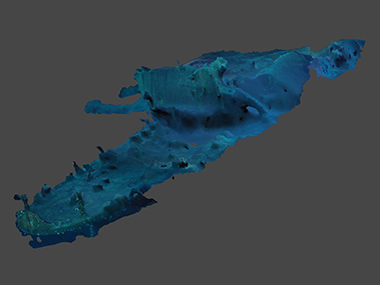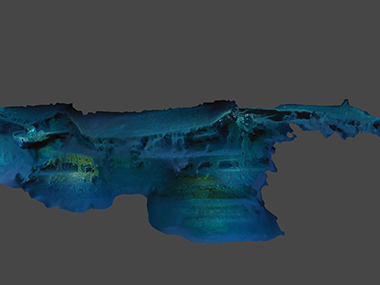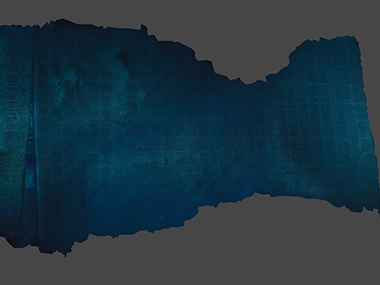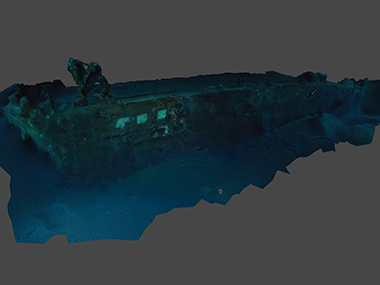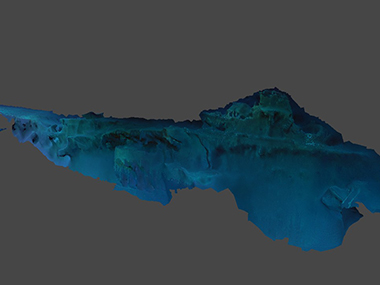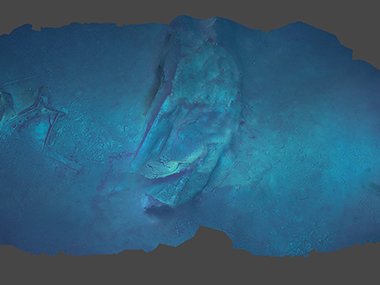Akagi 赤城
Background
Akagi 赤城 was a Japanese aircraft carrier that was in service from 1927 to 1942. It was originally designed as an Amagi-Class battlecruiser, but construction as such was not finished due to the 1922 signing of the Washington Naval Treaty. In 1927, the incomplete hull of Akagi was repurposed and used to build a larger and faster aircraft carrier.
Akagi had an overall length of 261 meters, a beam of 31 meters, a draft of 8 meters, a maximum speed of 31.5 knots, and a range of 12,000 miles at 16 knots. It had a complement of 1,630 personnel and 88 aircraft.
Akagi was Japan’s flagship for the Kidō Butai or “Mobile Force” in the Pacific Theater. It took part in several operations during World War II, including the attack on Pearl Harbor on December 7, 1941, the Battle of Rabaul (New Guinea) on January 20, 1942, the Indian Ocean raid from March 31-April 10, 1942, and the Battle of Midway from June 4-7, 1942. During the Battle of Midway, three Douglas SBD Dauntlesses from USS Enterprise targeted Akagi. One of these was piloted by Lieutenant Commander Dick Best, who struck Akagi with a 1,000 pound bomb at the middle elevator for the upper hangar deck, causing a chain of explosions. Akagi soon became inoperable, and on June 5, 1942, Admiral Isoroku Yamamoto ordered the carrier to be scuttled. Destroyers Arashi, Hagikaze, Maikaze, and Nowaki each fired torpedoes into Akagi, sinking the carrier.
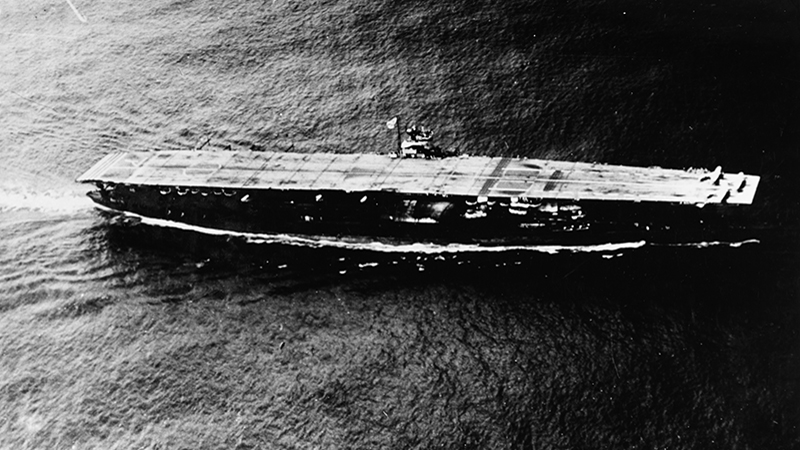
Exploration
In 2019, Akagi was located during a mapping survey of the Battle of Midway site conducted by Vulcan Inc. in partnership with the U.S. Navy History and Heritage Command. On September 10, 2023, Ocean Exploration Trust and partners conducted the first visual survey of Akagi with remotely operated vehicle (ROV) Atalanta during the Ala ‘Aumoana Kai Uli expedition on Exploration Vessel Nautilus, which was funded by NOAA Ocean Exploration via the NOAA Ocean Exploration Cooperative Institute. At the time, Akagi was intact, but severely disarticulated, and embedded in seafloor sediment. A large section aft of amidships was damaged, likely caused by bomb damage and a subsequent chain of explosions. The deck on the starboard side slopes downward, indicative of where the exhaust port would have been.
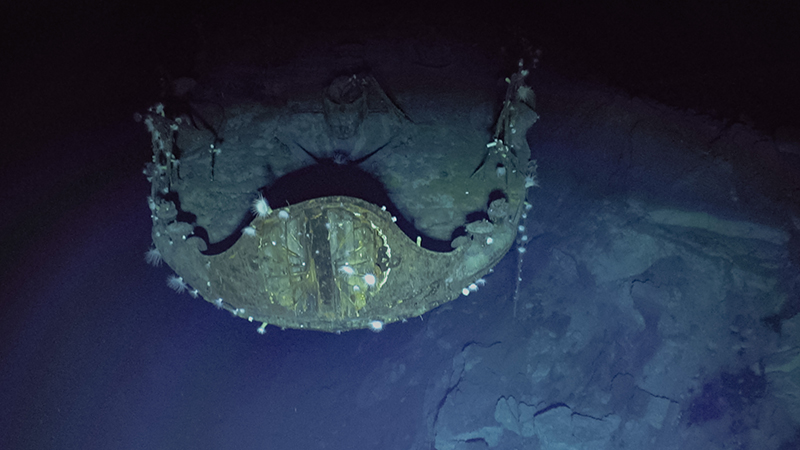
Modeling
Ocean Exploration Trust collected 18 hours of ROV dive footage of Akagi. The video was processed into still images and color corrected using Adobe Photoshop 2024. The footage was exported into 9,097 still images using VLC Player and color corrected in Photoshop. Seventeen individual models were made: starboard side (5), portions of the port side (2), deck structures (3), stern (3), bow (1), and debris field along the port side of the site (3). Due to distortion of some of the models and quality issues, only 10 of these models were stitched together in Rhinoceros 8 and uploaded to Construkted Reality.
This model is best viewed on a desktop computer.
Desktop:
- To zoom in and out: Use the scroll wheel on the mouse.
- To move around: Left click on the model with the mouse and drag.
- To rotate: Right click on the model with the mouse and drag.
Mobile Devices:
- To zoom in and out and rotate: Pinch
- To move around: Tap and drag any direction.
Photogrammetry model of Akagi developed by Raymond Phipps, NOAA Ocean Exploration explorer-in-training, Apri 21, 2024. Model courtesy of NOAA Ocean Exploration/Ocean Exploration Trust, Ala ‘Aumoana Kai Uli expedition.
Published October 17, 2024
